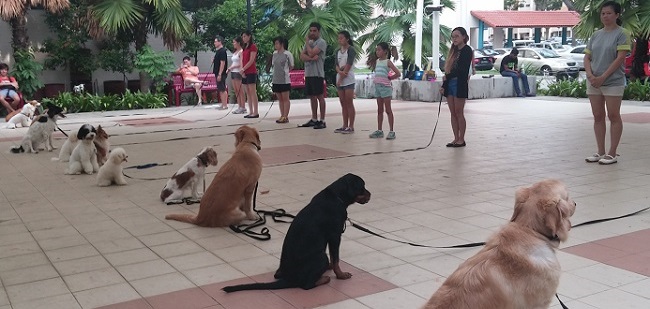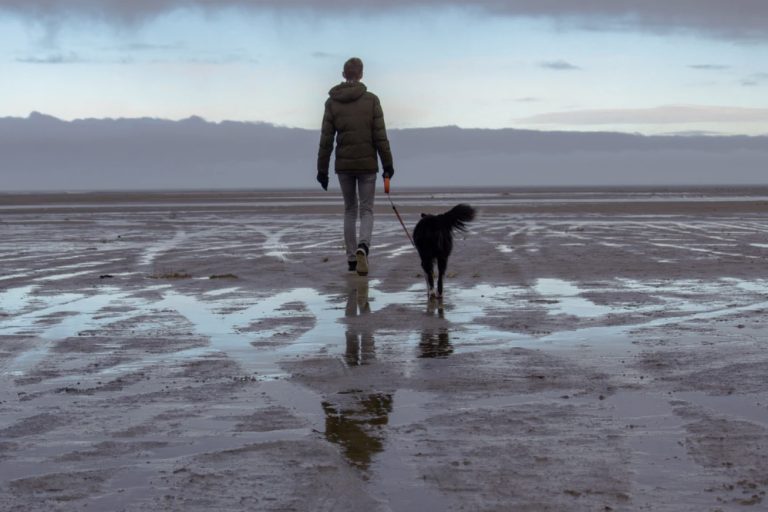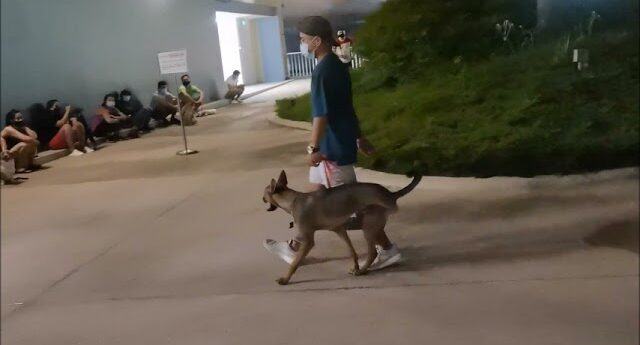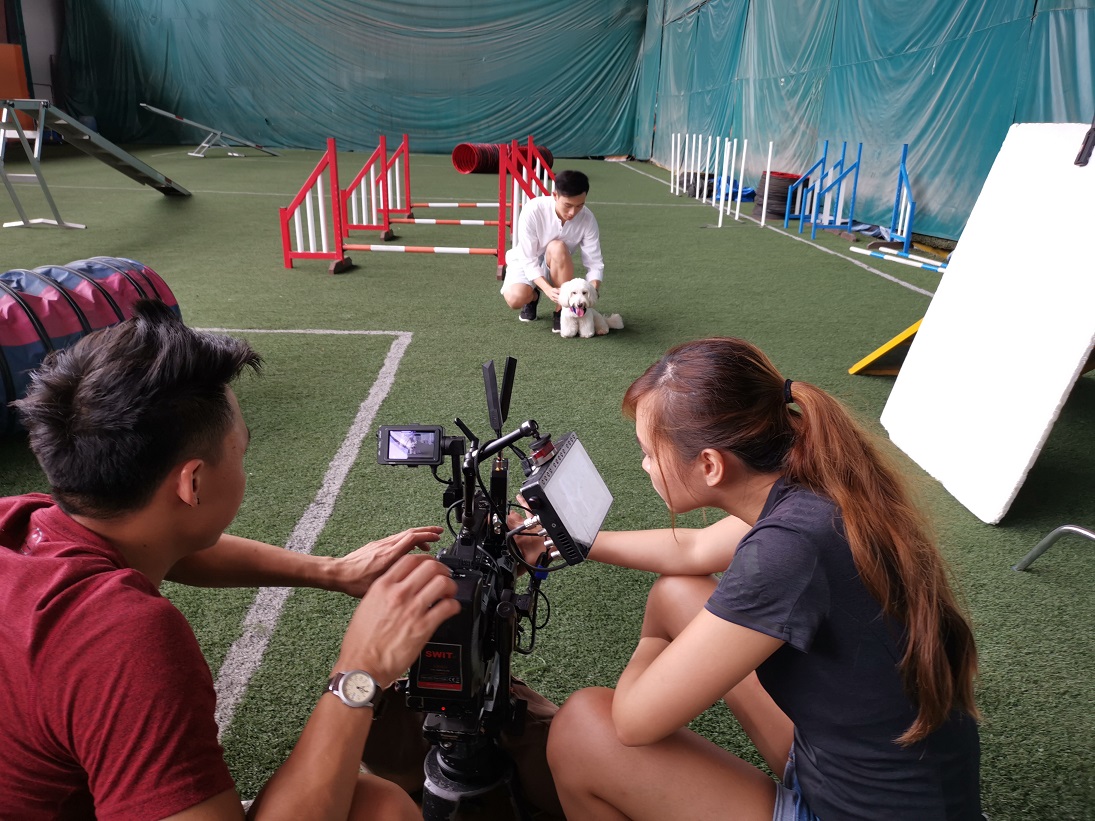Kid-Friendly Dog Training
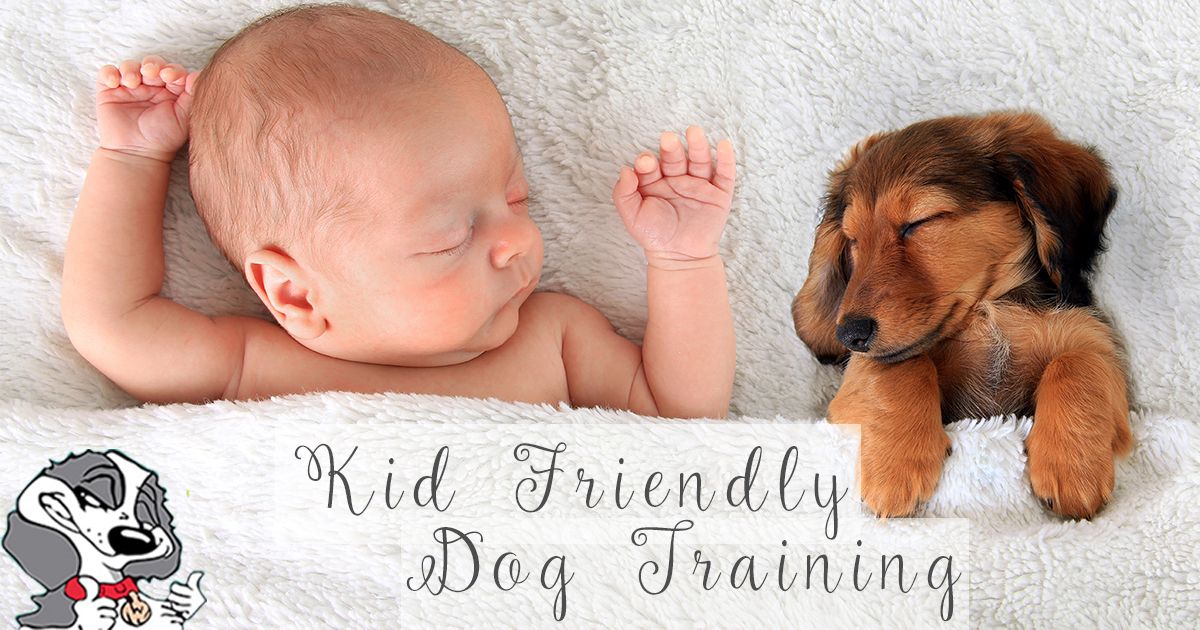
Bringing a pet home to your kids or greeting your pet for the first time with a new baby in your arms can be more stressful than joyful. Your mind races with questions like: “What if the dog is jealous of the new baby?” or “What if my toddler handles the puppy too roughly?” Change is often uncomfortable, but with the right foundation in place and the proper rules for your home, dog training with kids becomes much easier especially in Singapore where homes are small.
New Puppy For A Home With Kids
Before you bring a puppy or dog home to your family, talk to the kids about the upcoming change. If the pet is very young, explain to your children how to control their voices and their hands as they approach it. Let them know that it’s okay to be excited about their pet, but that they should find quiet ways to express their happiness.
Another way to get your kids involved and invested in the new pet is to give them jobs to do.
Let them help you pick out the bed, water dish, food bowl, toys, and other items that the dog will need. As you begin training the new pet, have the children help out with treats and encouragement as the puppy begins to learn. Dog training with children can be fun for you and your pet.
However, remind the kids that physical punishment is never an option. Explain that gentle but firm voices, along with rewards for good behavior, are the ideal training tools. Also, let them know that their beloved puppy may bite back if it feels hurt or threatened.
Keep in mind that the puppy doesn’t know how to react to the kids, either. Stay in the room during any interactions until the children and the pet are fully accustomed to each other and understand how to behave. The puppy needs to learn basic rules like no biting or aggressive barking, and the kids need to know how to safely pick up the puppy, how to play with it, and when to leave it alone.
New Baby For A Home With A Dog
If you expand your family with a new baby, another aspect of dog training comes into play. You may begin by teaching your dog to stay out of certain spaces, such as the baby’s nursery, the crib, or a special blanket. Use physical cues and treats to reinforce obedience.
When you bring the baby home, maintain a calm, relaxed environment as much as possible. You want the dog to think of the new addition as something pleasant and normal, not something associated with nervousness and fear. With the little one in your arms, have a seat and beckon the dog to come investigate. Use your soft, happy voice and encourage gentle sniffing. Watch your dog’s body language carefully. After a few seconds, ask the dog to sit, lie down, or perform some other familiar task. Reward the obedience with treats. After repeating the introduction, command, and treat sequence a few times, give your dog a fresh treat or a brand-new toy to play with.
During the first weeks, make any baby interaction fun for your pet. Lavish your dog with petting, play, and treats whenever the baby is around. These activities develop positive, happy associations and form the basis for a stronger bond of loyalty and friendship between your little one and the family pet.
Caring for children takes priority, as it should, so incorporate a “move away” command or cue into your dog training. This prevents you from tripping over the dog and harming either your pet or a child that you are carrying. Also, teach the dog to observe the same quiet times or nap times as your young children.
Whether you are training kids or pets, rewards make the process easier. Keep on hand a stuffed Kong, chew toy, or bone for your dog and some healthy snacks, stickers, or other tangible rewards for your little ones. With positive attitudes and well-known rules, life with children and pets can be a beautiful thing.




